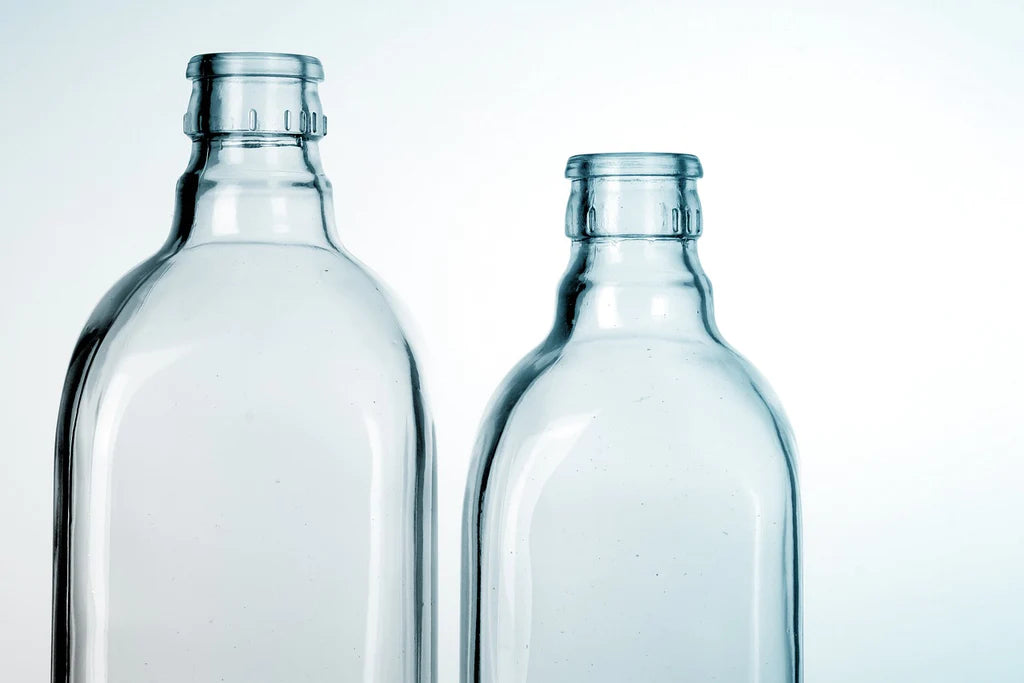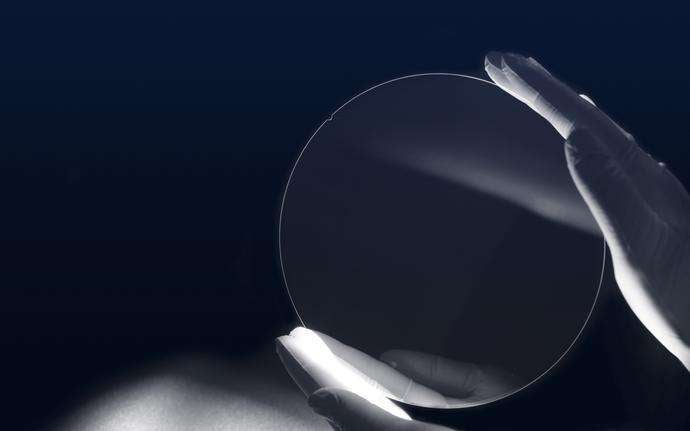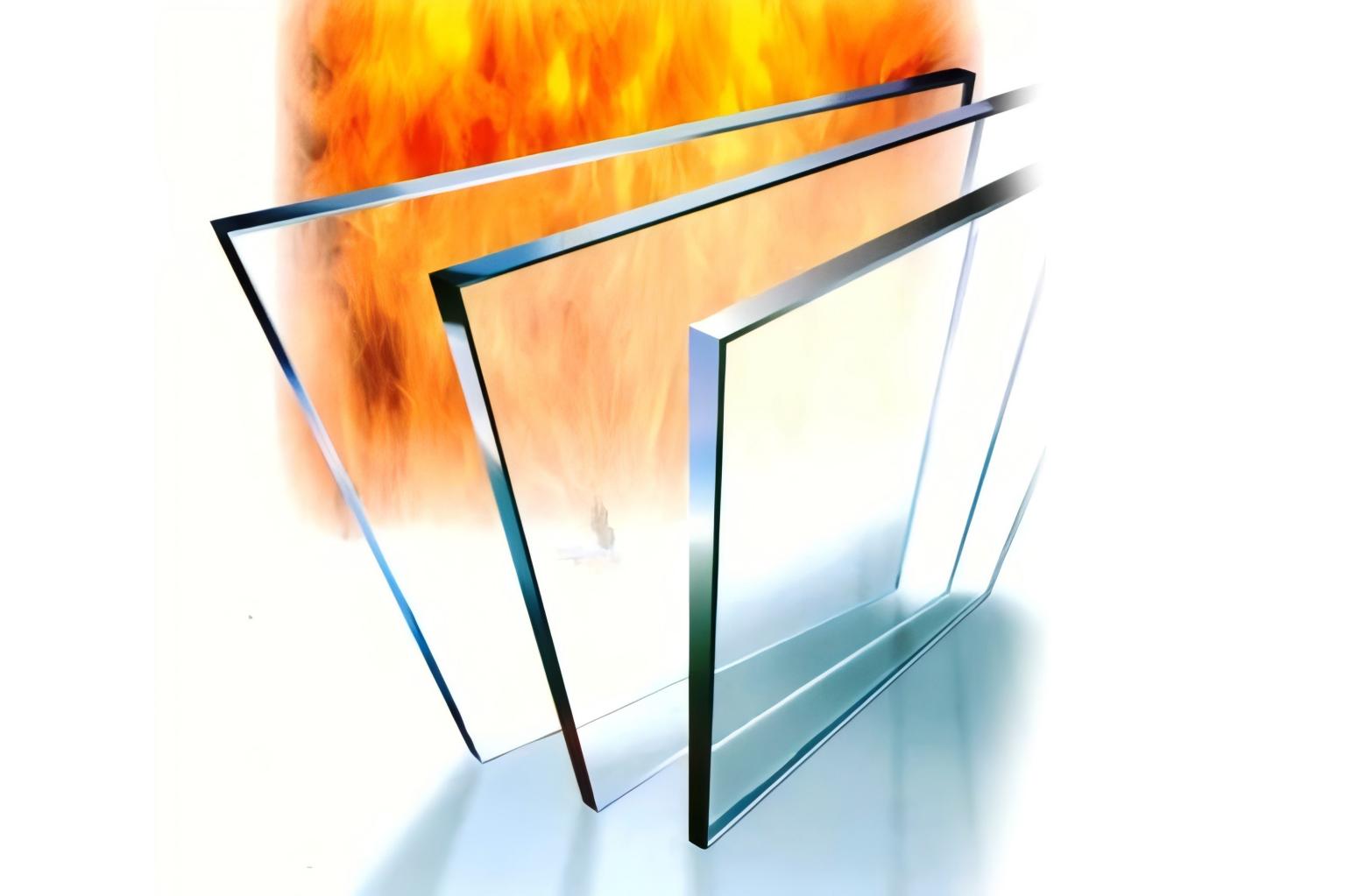


This article primarily discusses the performance, production, and applications of borosilicate glass.
Borosilicate glass is renowned for its heat resistance and physical durability, making it suitable for many applications primarily involving temperature changes. The strength and resilience of this material are attributed to its unique combination of silica, boron oxide, and various other oxides. The presence of boron oxide enhances the bonding within the glass material.

Pure borosilicate glass exhibits significantly stronger resistance to temperature changes compared to other types of glass, which may warp or deform. With a thermal expansion coefficient of at least 3.2 x 10-6 K-1, its resistance to thermal shock makes it suitable for laboratory heating and cookware. This low thermal expansion characteristic allows the material to maintain its integrity even when moved from a cold area (like a refrigerator) to a high-temperature area (like an oven) within seconds. Changing its composition could increase the thermal expansion coefficient to 7.38 x 10-6 K-1, but it still remains more heat-resistant than standard soda-lime glass.
Other thermal properties of borosilicate glass include:
Annealing Point = 470 - 640°C
Softening Point = 460 - 840°C
Transition Temperature = 440 - 560°C

Compared to similar glassware, borosilicate glass withstands blunt force impacts better. Its shear modulus is 26.5 – 27 GPa, and its Vickers hardness ranges from 400 – 480 at 20°C.
When exposed to acidic environments, borosilicate glass withstands corrosion and cracking.
This special type of glass is made by melting the following substances (with corresponding approximate compositions): silica sand (59.5%), boron oxide (21.5%), potassium oxide (14.4%), zinc oxide (2.3%), and trace amounts of calcium oxide and aluminum oxide.
Other variants (such as those used for cookware) may alter the silica content up to 81%, depending on the intended use. Due to the material's high transition temperature of up to 560°C, the melting process requires higher temperatures than traditional glass production.
Once the substrate is produced, borosilicate glass can be processed in various ways depending on the material's application. This glass material can be molded or drawn into tubes and processed into custom shapes and sizes.
Due to its physical and chemical properties, borosilicate glass has become useful in various industrial and consumer applications.

Laboratory Glassware
Borosilicate glass is a popular base material for laboratory glassware, mainly due to its chemical and thermal stability. Most modern beakers, flasks, and other glass containers designed for laboratory use are made of borosilicate glass.
Pharmaceutical Glass Tubing
Borosilicate glass is used to manufacture pharmaceutical containers, such as syringes, cartridges, vials, and ampoules. The material is primarily chemically inert when in contact with most liquid pharmaceutical products.
Cookware and Kitchen Utensils
Due to its excellent heat resistance, this glass material has entered the kitchenware market, especially for cooking and baking. Popular cookware brands use borosilicate glass for baking dishes and glass cooking pots. Additionally, its low thermal expansion allows it to be used for measuring cups and similar containers. The graduations on glass containers remain accurate since the material does not warp at high temperatures.
Optical Equipment
The stability of borosilicate glass makes it a good material for the substrates and lenses of microscopes, telescopes, and other optical equipment. Adding dopants may alter the glass properties, such as the optical absorption spectrum.
Lighting Technology
Lighting devices that need to withstand high temperatures use glass enclosures and films, and this is precisely where borosilicate glass is highly useful. Equipment using this type of glass includes HID lamps, modern high-power flashlights, and studio spotlights.
Recent research involves altering the chemical composition of borosilicate glass by adding doping chemicals. Changes in the material's photoluminescence spectrum are hoped to be used for solid-state displays, W-LEDs, and similar applications.
In summary, borosilicate glass excels in heat resistance and durability, making it ideal for various applications. New Way Glass offers custom borosilicate glass solutions to meet your specific needs. For inquiries, please contact us at sales@newwayglass.com.
We will provide you with the highest quality glass solutions.





Solar Photovoltaic Glass: Classification and Applications
When to use AG glass and when to use AR glass